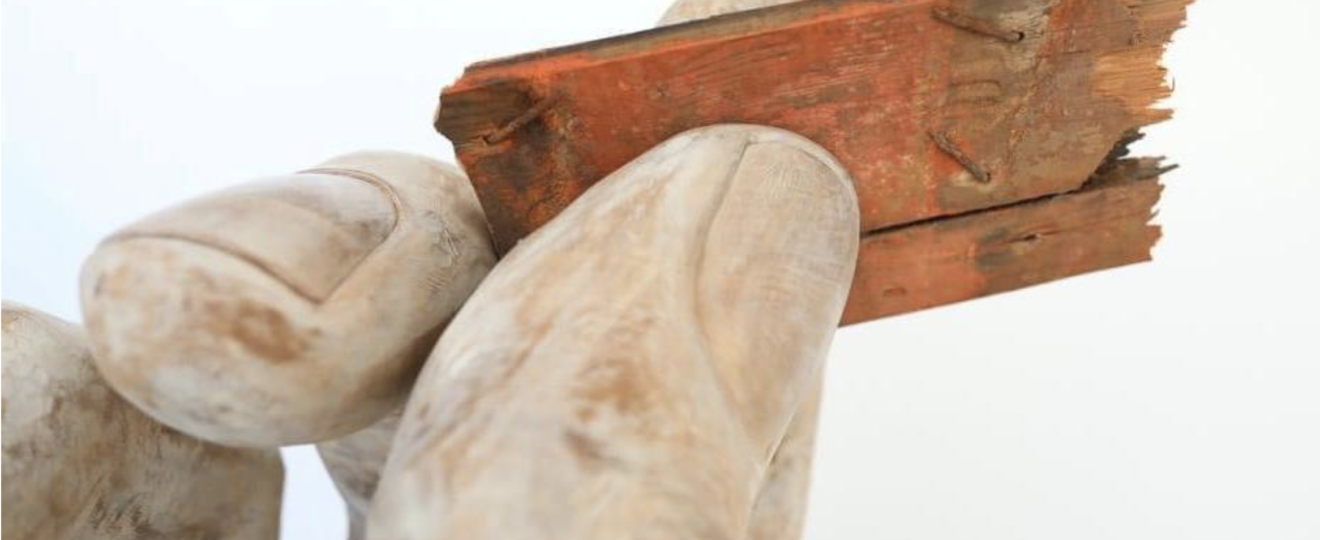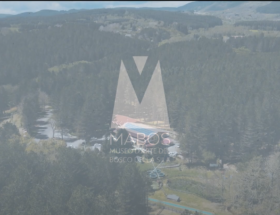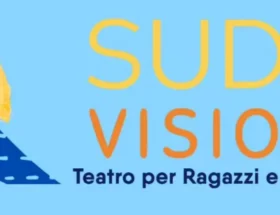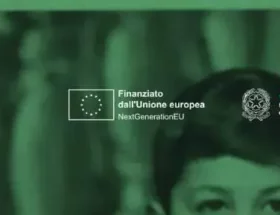The words spoken by others regarding the tragedy that unfolded in Cutro do not resonate as our own. The words of those who gaze at us from outside our borders, who have marked those borders for political reasons and disparities, who speak from a centralized perspective relegating us to a peripheral role while minimizing our millennia-old nuances of key territories—those very words produced by the great artificial dams of geopolitics, which seek to channel human overflow according to an arbitrary design of territorial balance, we do not understand. We speak a different language because we have always inhabited the ungovernable coastal regions of the Mediterranean, and as a Mediterranean people, we read and envision events according to a lexicon that is a blend of words and images from the peoples who have passed through here, across our sea. We maintain a protean character because we anthropologically respond to the rules of a genetic blending that has historically defined our uniqueness, the algorithms of our imperfect stasis. Every attempt at rooting has been, in our history, an alternative to radical excavation due to our natural inclination to go beyond through surface contaminations. In this light, we have naturally cultivated a deep love and hope for the other who passes through here and arrives here. What the Greeks called Filoxenia is for us a gathering of inherited, obligatory rituals of hospitality, imprinted as a true ceremony. The tragedy of Cutro has returned to others—those who continue not to see us clearly in all our prior complexity—images of exceptional death and heroism that we continue to live in the intimacy and silence of ordinary life. Vincenzo, who is a fisherman and knows the stormy sea well, does not hesitate to throw himself into the waves for fishing and counting bodies. Vincenzo knows, without anyone having explained it to him, that in the drama of shipwreck, the body of the dead is as valuable as that of the living; he knows deeply, without necessarily having read Antigone, that even the right to a burial is a form of salvation. The same is true for Angelina and for the mayors of many Calabrian municipalities, who, beyond providing clothes, food, and shelter, offer those who have come from the sea a place and a tombstone to preserve the eternal silence and memory of their dead, who are now the dead and memory of us all.
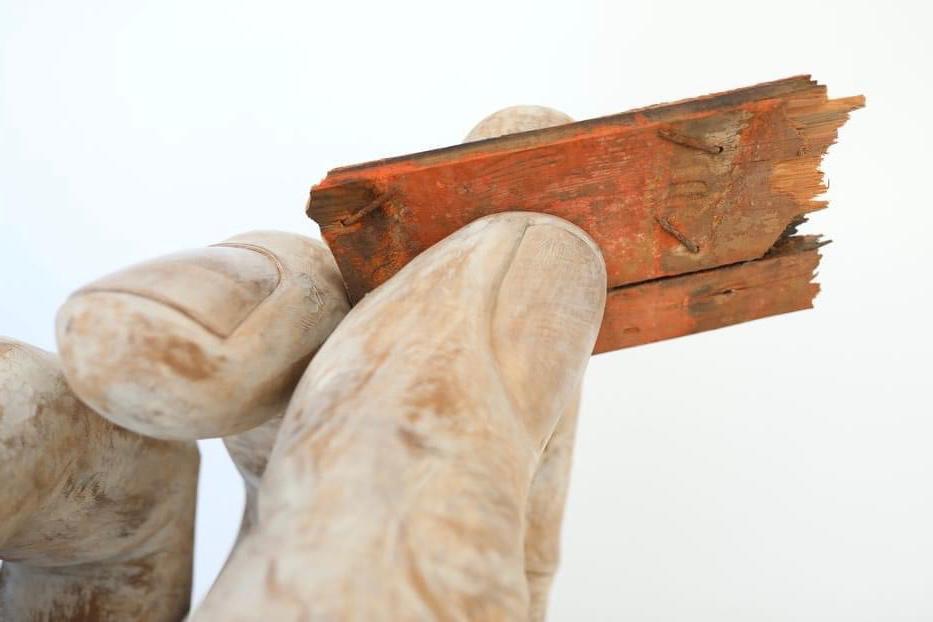
From the perspective of the territory where the phenomenon of migration continually unfolds and where boats filled with drifting souls are frequently sighted, the great urgency is, first and foremost, to remember the characteristics of one’s identity despite the anxieties of globalization that lead to sterile flattening. The work that sculptor Antonio Tropiano symbolically donates to Cutro is, therefore, a gift for everyone. This work has rightly been able to shed any dangerous political connotation, freeing its power of communication and identity characterization from the hands of those who shaped it to the hands of those who receive it. It visually returns as a symbol of a gift of hospitality: a giant wooden hand made of American black walnut that holds and offers an atypical *symbolon*, a fragment of a shipwrecked vessel. This modern relic embodies the actualization of an ancient gesture of completed hospitality, which art here is able to perform, using a piece of wood as a tool for exchange and as the very symbol of welcome. This sculpture, before and beyond being a monument to the fallen, seeks to be a monument to survivals. To the life that arrives and to the life we must keep intact. We do not speak the language of others, and for this reason—paraphrasing the verses of a fellow countryman whom we love very much—the *Symbolon* that Antonio Tropiano offers to Cutro must necessarily be a garden, the only boundary to remind us.
Elisabetta Longo
Storica dell’Arte

